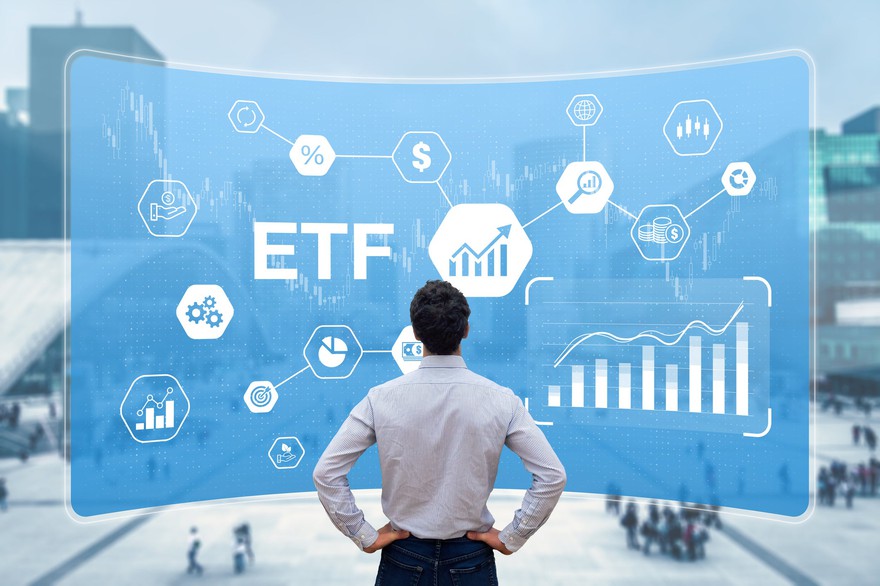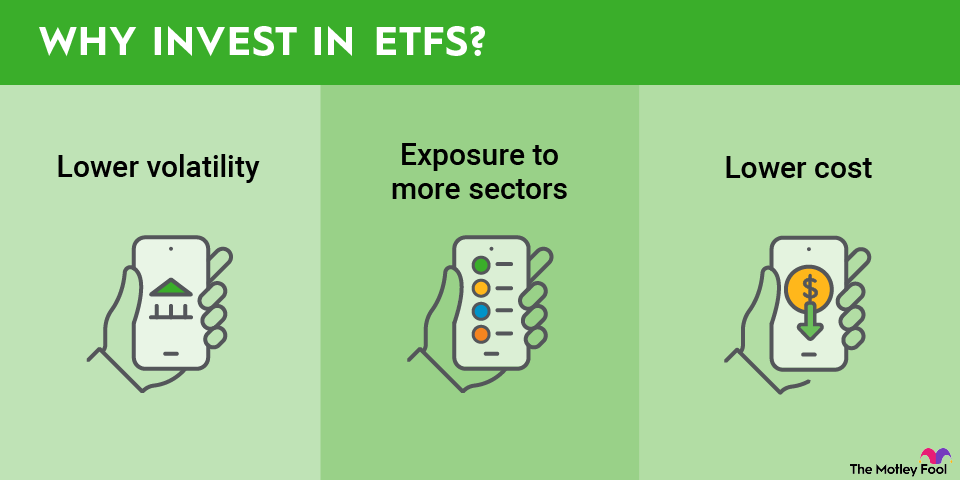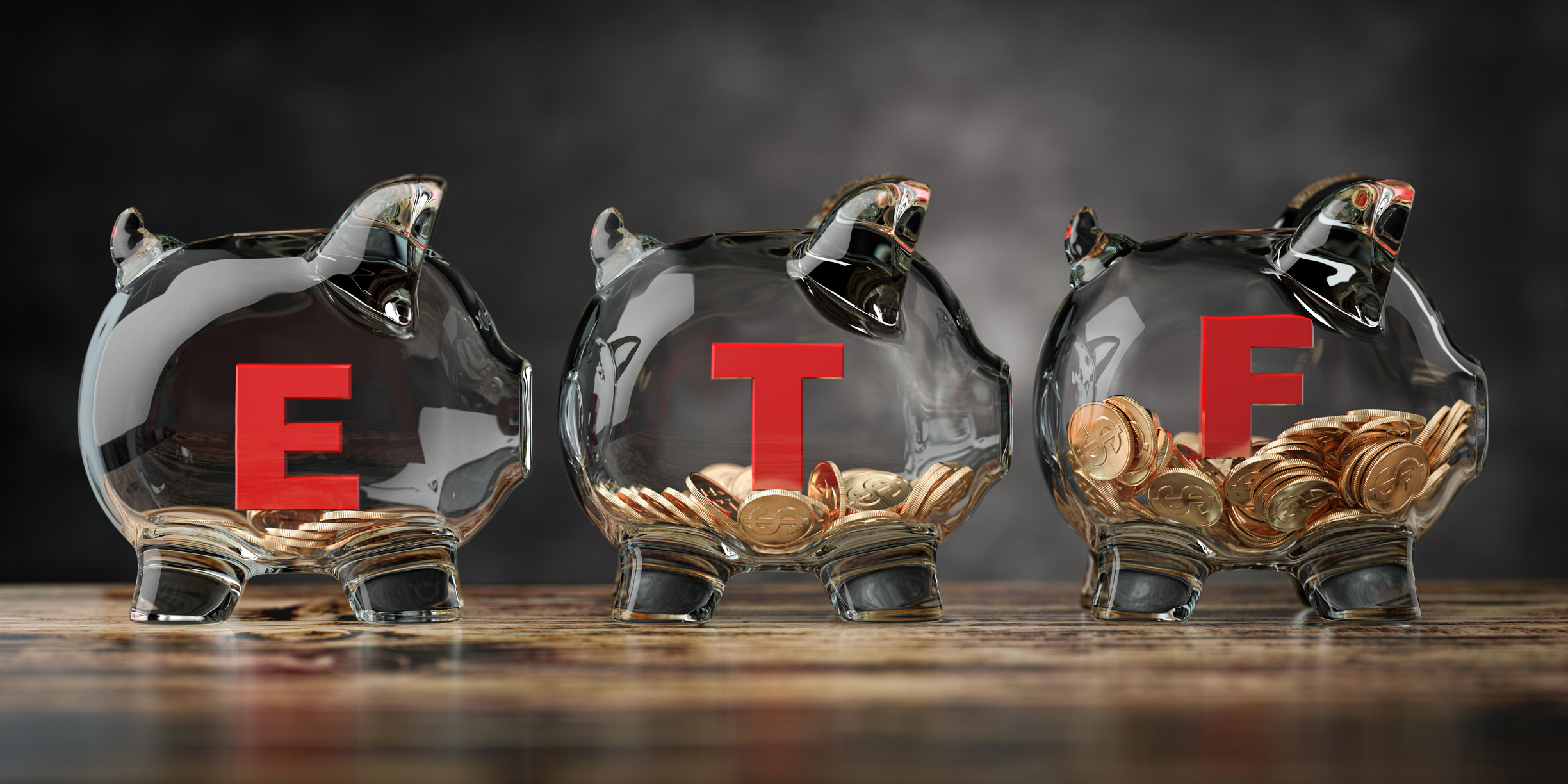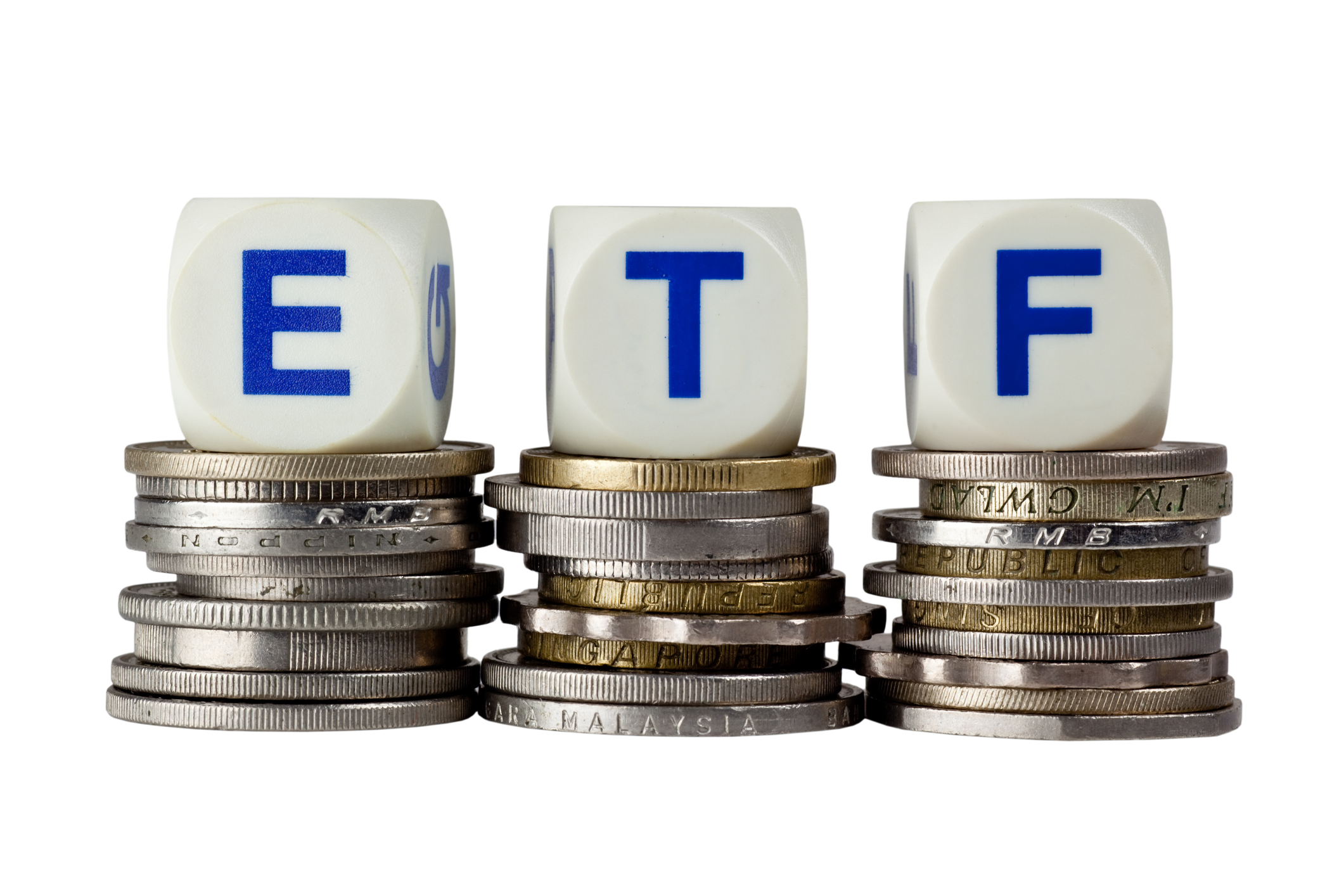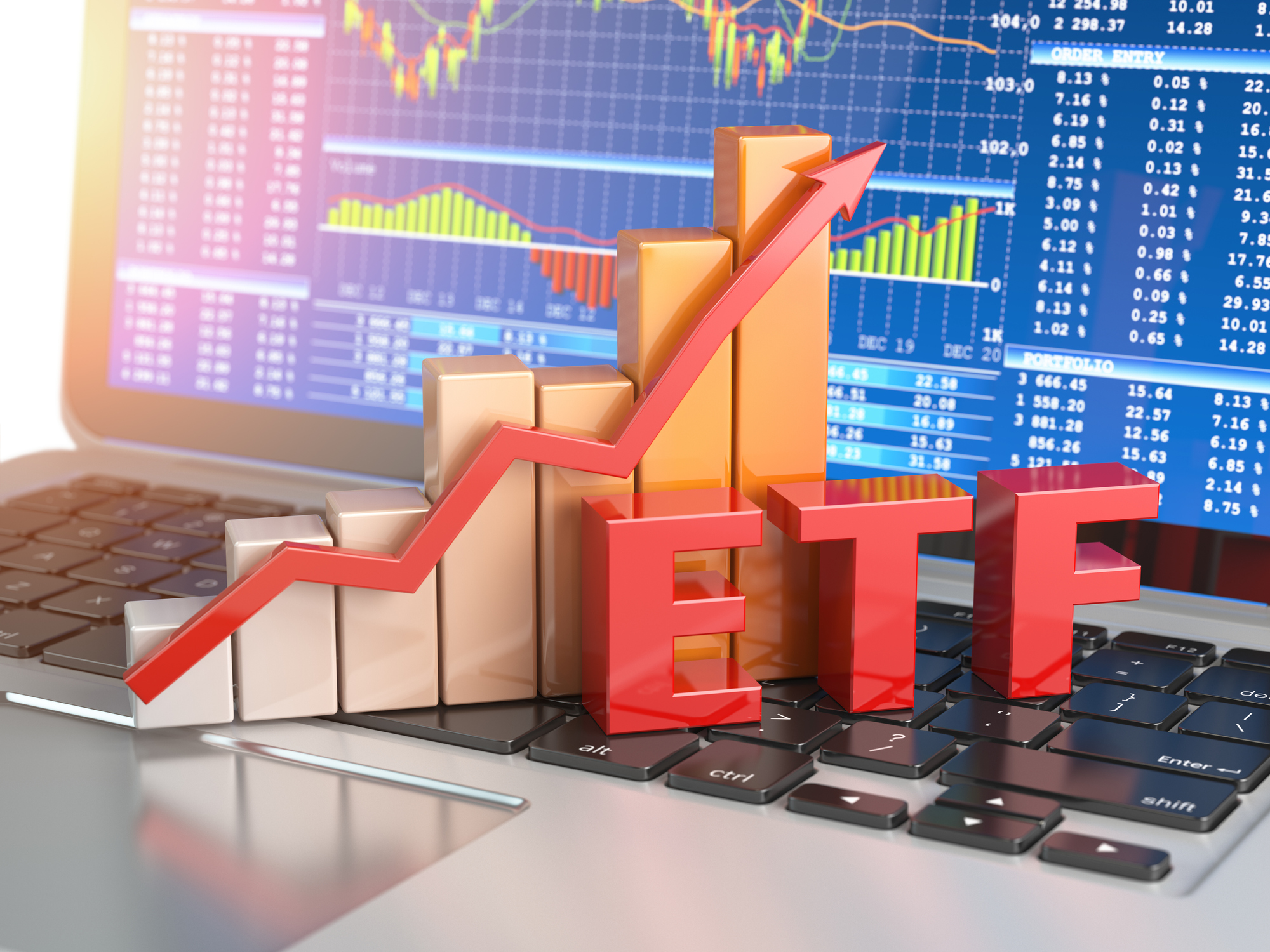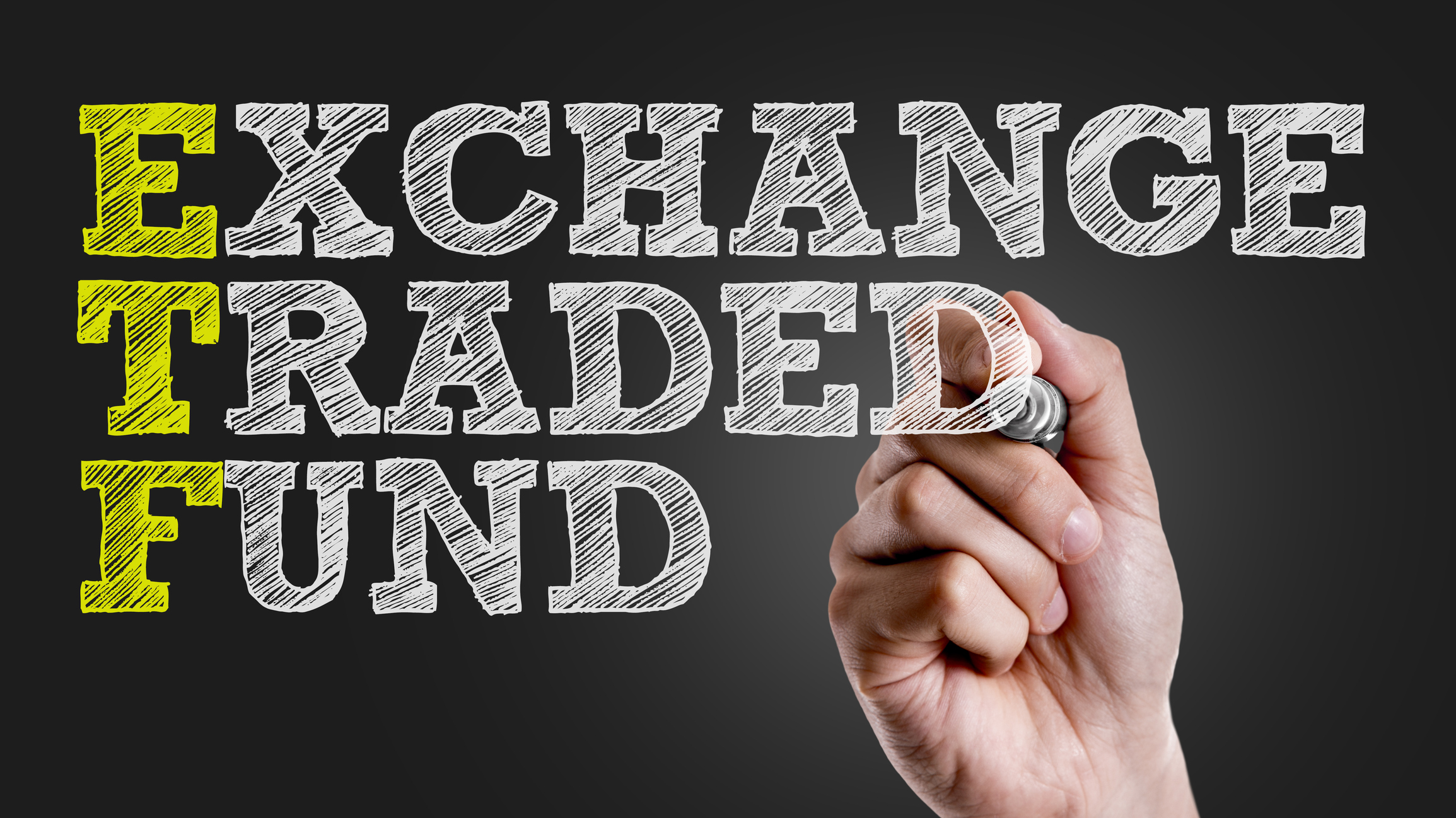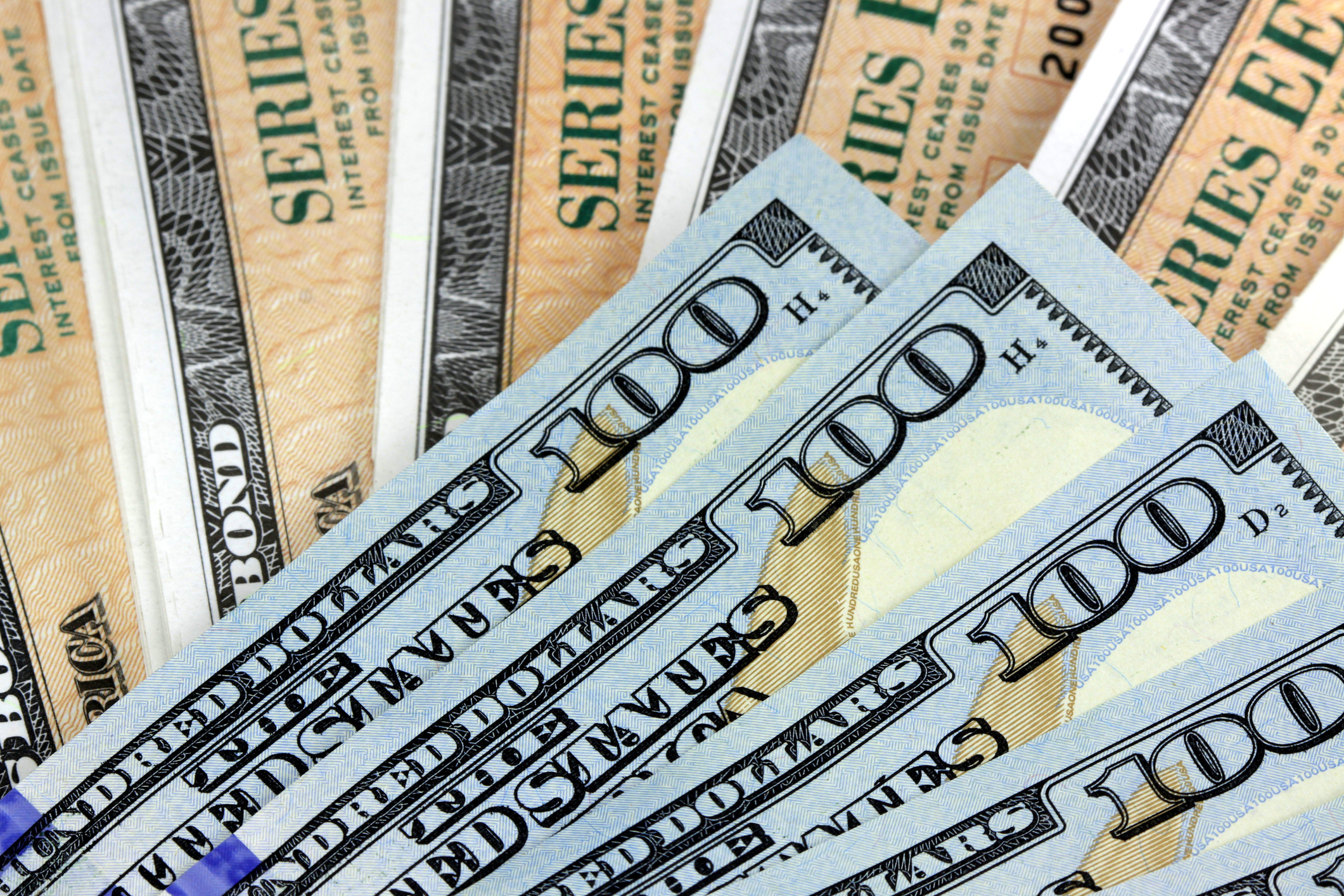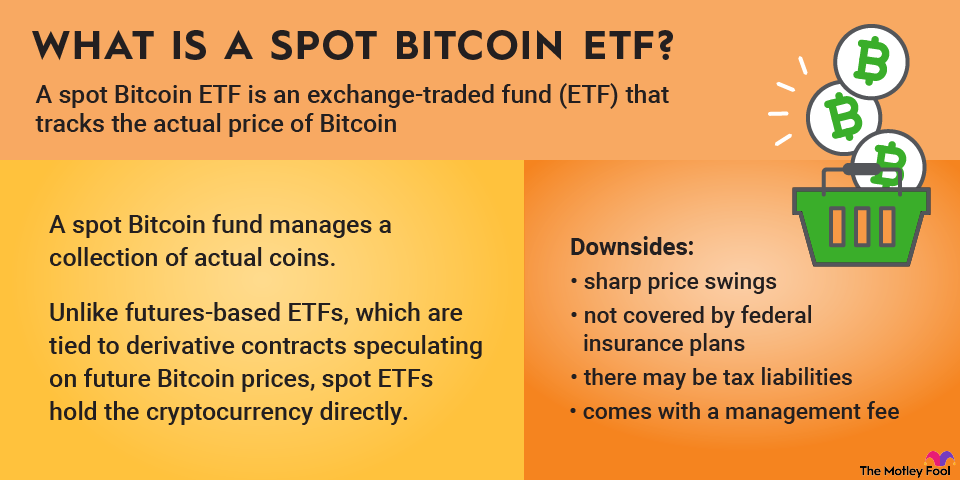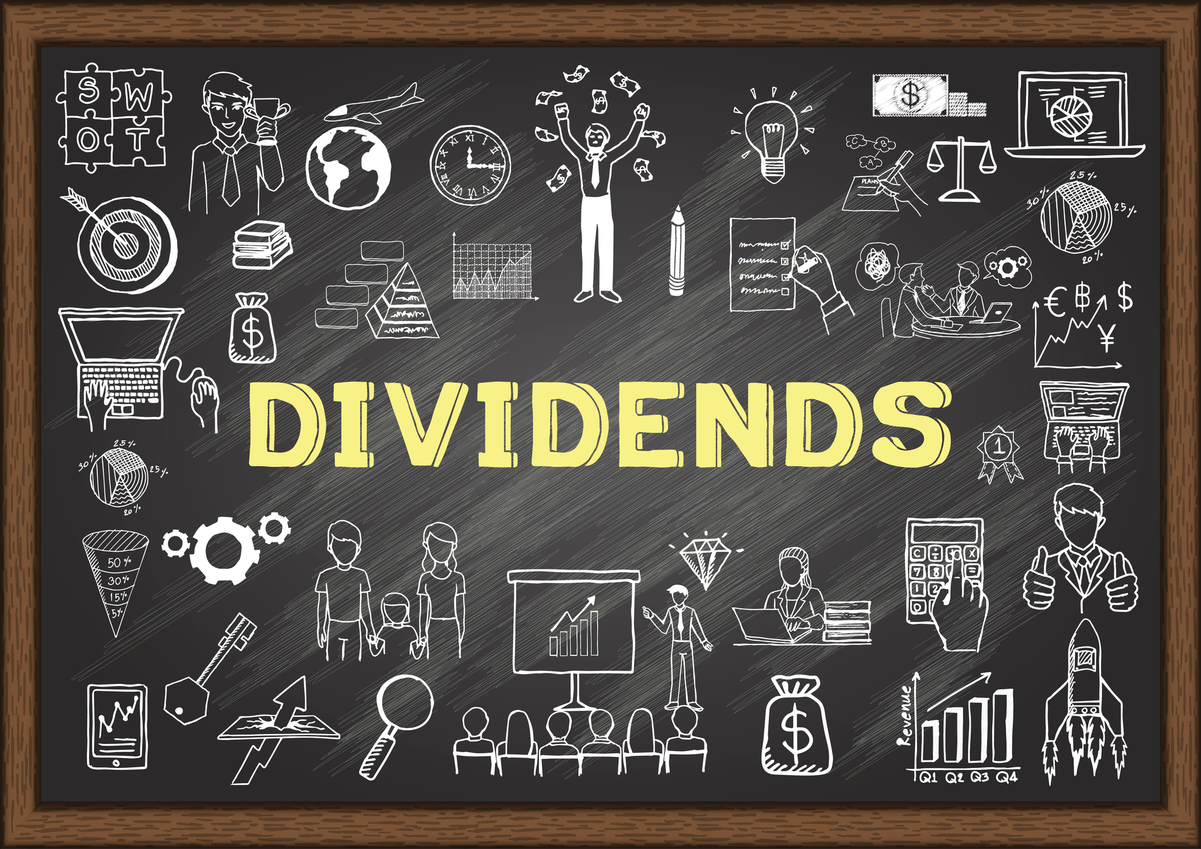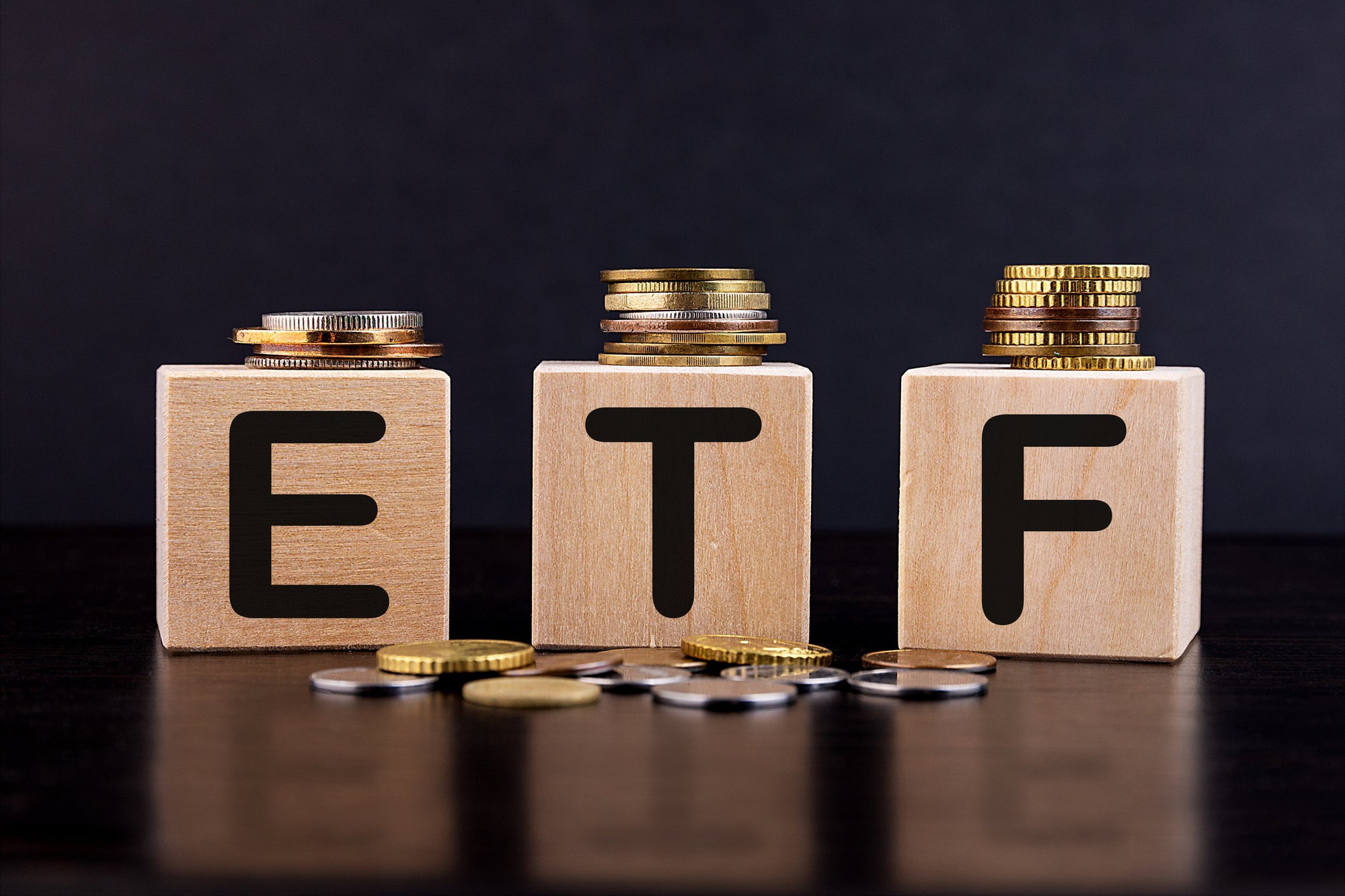
What is the Vanguard FTSE Developed Markets ETF (VEA)?
The VEA ETF is an exchange-traded fund (ETF) that provides investors with exposure to stocks from developed markets outside the U.S., including Europe, Asia, and Australia. It holds a diversified portfolio of nearly 4,000 companies spanning various industries, offering broad international diversification.
Known for its low expense ratio and consistent dividend yield of around 3.2%, VEA is a cost-effective choice for long-term and income-focused investors.
Exchange-Traded Fund (ETF)
How to Buy Vanguard FTSE Developed Markets ETF (VEA)
- Open your brokerage app: Log into your brokerage account where you handle your investments.
- Search for the ETF: Enter the ticker or ETF name into the search bar to bring up the ETF's trading page.
- Decide how many shares to buy: Consider your investment goals and how much of your portfolio you want to allocate to this ETF.
- Select order type: Choose between a market order to buy at the current price or a limit order to specify the maximum price you're willing to pay.
- Submit your order: Confirm the details and submit your buy order.
- Review your purchase: Check your portfolio to ensure your order was filled as expected, and adjust your investment strategy accordingly.
What is the Vanguard FTSE Developed Markets ETF (VEA) expense ratio?
The expense ratio of VEA is 0.03%, which is very low compared to the industry average for similar funds (around 0.18%). In general, Vanguard ETFs have some of the lowest expense ratios out there.
Expense Ratio
Historical performance of Vanguard FTSE Developed Markets ETF (VEA)
VEA has delivered steady returns over different time frames. Below is its historical performance as of late 2025.
Time period | Performance |
|---|---|
1-Year | 15.51% |
3-Year | 16.78% |
5-Year | 10.33% |
10-Year | 7.79% |
Related investing topics
The bottom line on Vanguard FTSE Developed Markets ETF (VEA)
Compared to the immense growth opportunities in the developing world, VEA won't exactly blow you away with its returns. That being said, it's a great way to gain exposure to equities outside the U.S., which is important for diversifying a portfolio and mitigating risk.
When building a portfolio, it's important to have a mix -- international vs. domestic, low risk vs. high risk, etc. If you're on the hunt for a low-cost ETF but want to add something different to your portfolio, VEA's historical returns have been solid.
That's not to say that the developed world outside of the U.S. doesn't have problems that could impede their future, with demographics and low birthrates being a primary issue. Still, some of the largest and most important companies in the world are still based in Europe and Asia, and those companies will continue to have a major footprint for years to come.






